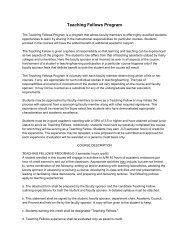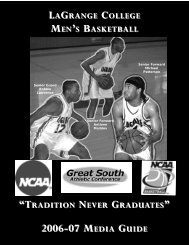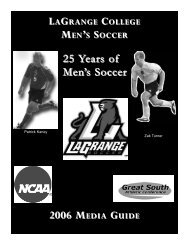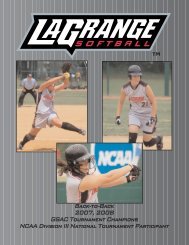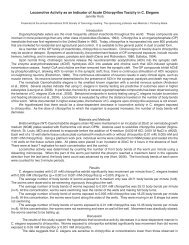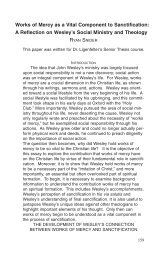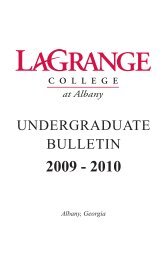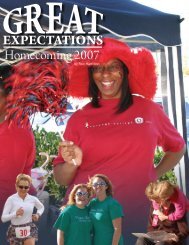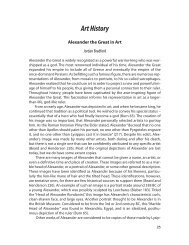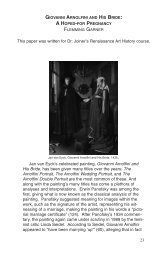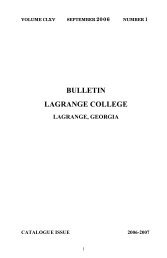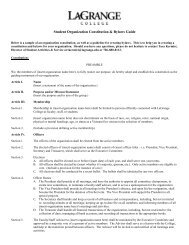The Speed of Light: Historical Perspective and Experimental Findings
The Speed of Light: Historical Perspective and Experimental Findings
The Speed of Light: Historical Perspective and Experimental Findings
Create successful ePaper yourself
Turn your PDF publications into a flip-book with our unique Google optimized e-Paper software.
THE SPEED OF LIGHT<br />
FIGURE 1: DIAGRAM FOR THE FOUCAULT SPEED OF LIGHT SETUP<br />
LASER EXPERIMENT TO DETERMINE THE SPEED OF LIGHT<br />
Another more modern experiment that we performed was<br />
the determination <strong>of</strong> the speed <strong>of</strong> light using a PASCO Scientific<br />
Laser <strong>Speed</strong> <strong>of</strong> <strong>Light</strong> Apparatus (AP-8586). This approach<br />
measures the phase shift <strong>of</strong> light, compared to a reference<br />
point, as it travels different distances. This is the approach that<br />
is most commonly used today in order to determine the speed <strong>of</strong><br />
light, or to determine the accepted value <strong>of</strong> the fundamental<br />
length in the metric system, the meter. <strong>The</strong> equipment used in<br />
this experimented consisted <strong>of</strong>: a function generator (SB-<br />
9549A), Diode Laser with power adapter (OS-8528A), component<br />
carrier (OS-9107), +127 mm lens (OS-9134), Laser<br />
Alignment Bench (OS-9172), <strong>Light</strong> receiver, 4 Stainless Steel<br />
pads, Concave Mirror Display (003-02226), a 60 MHz (10 6 Hz)<br />
oscilloscope, a tripod, a tape measure, a plumb bob <strong>and</strong> a diode<br />
laser. Most <strong>of</strong> the equipment is fairly self explanatory, but the<br />
diode laser emits an intense, narrowly-focused beam <strong>of</strong> light. In<br />
this experiment the function generator modulates the light at an<br />
intensity <strong>of</strong> approximately 3 MHz. <strong>The</strong> concave mirror helps to<br />
focus the light as it is reflected. <strong>The</strong> light receiver is designed for<br />
receiving audio <strong>and</strong> video signals transmitted via modulated<br />
light. <strong>The</strong> +127 mm lens is used to focus the light onto the element<br />
<strong>of</strong> the receiver. <strong>The</strong> experiment was conducted along the<br />
first floor hallway <strong>of</strong> the Callaway Science Building in order to<br />
increase path distance.<br />
<strong>The</strong> laser is mounted on an L-shaped bracket with the<br />
bracket bent away from the laser. <strong>The</strong> receiver is placed at the<br />
back <strong>of</strong> the laser alignment bench, while the laser itself is<br />
mounted the very front <strong>of</strong> the bench. <strong>The</strong> bench was then<br />
192




